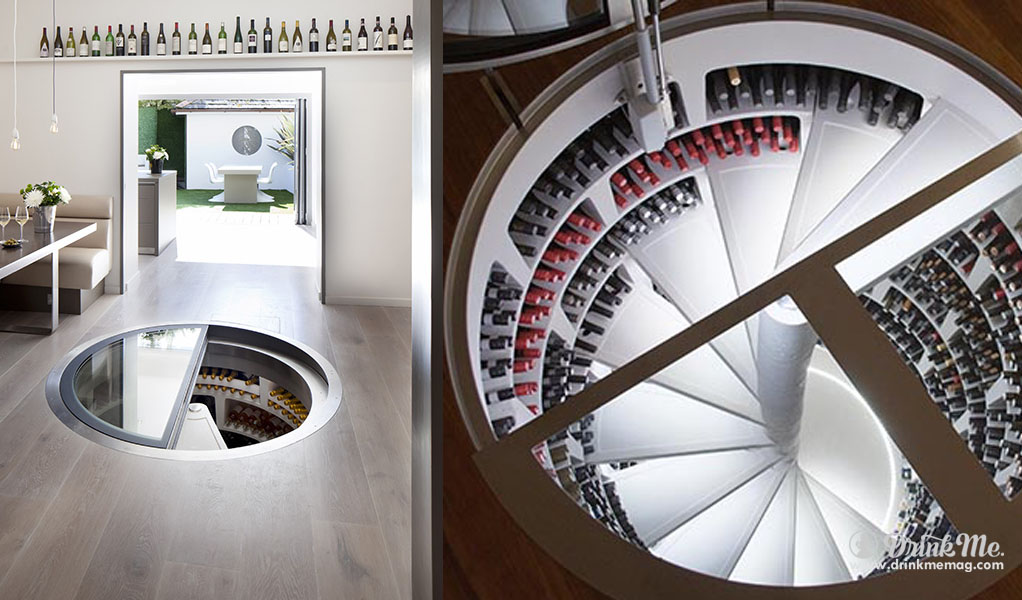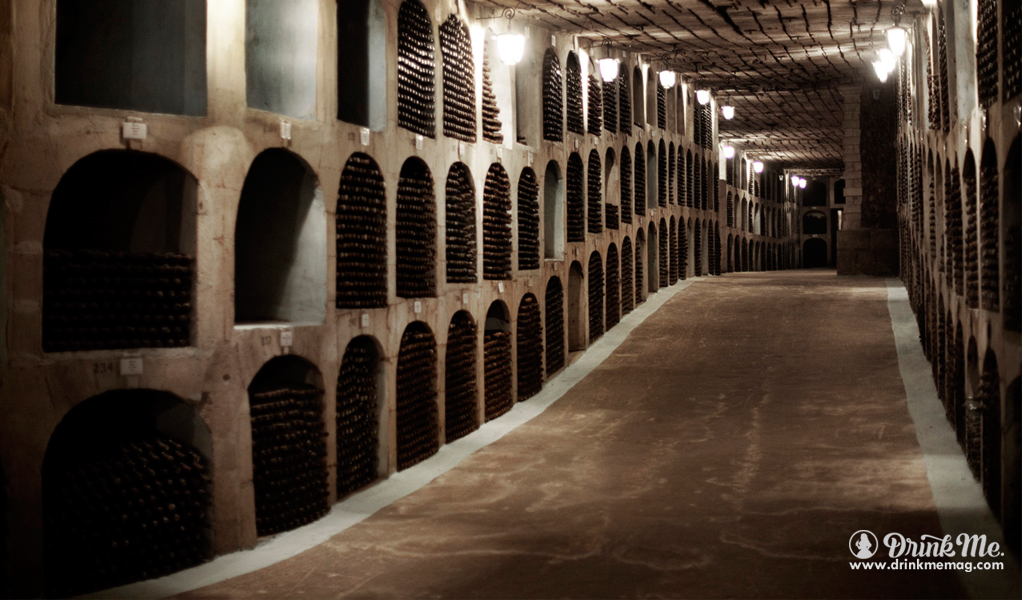I’m sure everyone can recall a time when they’ve laid a hand on a dusty, dirty bottle of wine at the back of kitchen cupboard. You carefully extract the cork like a neurosurgeon. Slowly pour a glass trying to avoid sediment. It smells like a fousty sofa in an old peoples home. It hovers towards the lips with trepidation. The taste is awful and, despite persevering through a few sips, the contents inevitably end up down the sink.
Wines are fragile and don’t like mistreatment. I’m here to share some basic knowledge and tips about how to store appropriately and avoid these wine post mortems. If you’re sitting on an expensive bottle of prestigious wine, and you don’t plan to open it for a while then listen up.
There are degrees of effort people go through to age wine in pristine conditions. Let’s take a look at a few…
A wine cellar is the most conventional. It’s a well-known fact that temperature variation is a sure-fire way to ruin wine. There is relatively little temperature fluctuation in century old cellars built in old world countries, due the seasonal consistency of the climate. Bottles will happily age and thrive in these dark dingy conditions. The most impressive wine cellar I’ve heard about recently is this 34 mile cellar that was written about on Drink Me last month.
Another mightily impressive type of cellar are spiral cellars. There are companies who will come out to your home, dig a big hole under your feet and fit a custom cellar around a spiral staircase. Some are covered with trap doors for security and a jaw dropping big reveal, whilst others have a window with a clear view of the super cool capsule beneath. If you’re other half is pursuing home improvement ideas, then why not casually drop this idea into the conversation!? See below a picture of a fit by Spiral Cellars of the UK.
Underwater storage sounds like a bit of a fad, but it’s a legitimate option and the science is difficult to argue with… the bottom of most seas/oceans are a steady 4-5c all year round. There’s very little light (UV is another wine killer). Good pressure levels, which is good for sparkling wine. And the biggest benefit of all; it’s free!!
Whilst some niche producers have been known for the practice for decades, Veuve Clicquot announced an experiment last summer which piqued some interest and generated some debate. They’ve submerged 300 newly disgorged bottles in a purpose-built cage off the coast of Finland. An identical set of 300 bottles are being aged in cellar at their HQ in Reims. Bottles from each will be tasted every few years to measure the results.
See below a video about the exciting project:
Back on the surface, and for most of us it’s an out of reach pipe dream to have such a perfect space to house our collection. Fortunately we have some other options…
Lets look at wine fridges. There are two types of fridges which are designed for quite different purposes. A serving fridge is an alternative to a household fridge, to chill wines to a temperature to be served. These are very handy, widely available and relatively inexpensive. However, they’re not recommended as long term storage solutions.
On the other hand, a storage fridge can be thought of as an artificial cellar. These have been meticulously designed to create the perfect conditions for your bottles to lay and prosper. They successfully remove the risk of temperature, pressure, light and humidity spoiling your beloved wines. These are a bigger investment, but are great solutions that look brilliant and offer the utmost convenience. Eurocave are the desirable big brand often spoken about, but there are many other reputable manufacturers.
If you care enough to invest on this level, then I suspect you may also be interested in monitoring the conditions using this Sensorist device that was recently reviewed on the site.
If none of the above are viable options for you, then here’s some basic tips for storage at home.
- Find the spot in your house with the least temperature fluctuation. Under the stairs is good. In the kitchen is bad. On a wall-mounted rack above a radiator is disastrous.
- Avoid proximity to vibrating appliances. I cringe when I see racks on top of fridges; those subtle vibrations will be constantly disrupting the aging process.
- Try and keep it out of direct sunlight. If you want a cool wine-holding figurine on your windowsill, then drink the bottle and fill it with water!
- And of course, always keep all bottles sideways to ensure the corks stay in contact with the wine and prevent the cork drying up.
Hopefully this has been helpful. Let us know below if you have any other tips.












